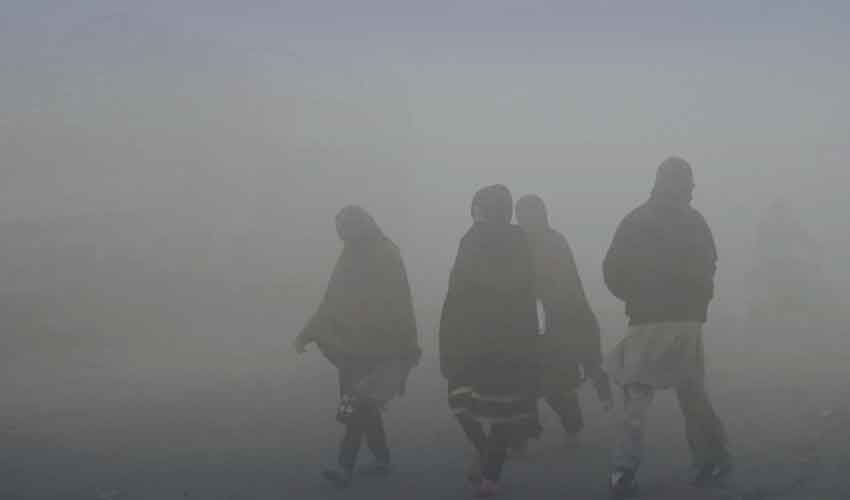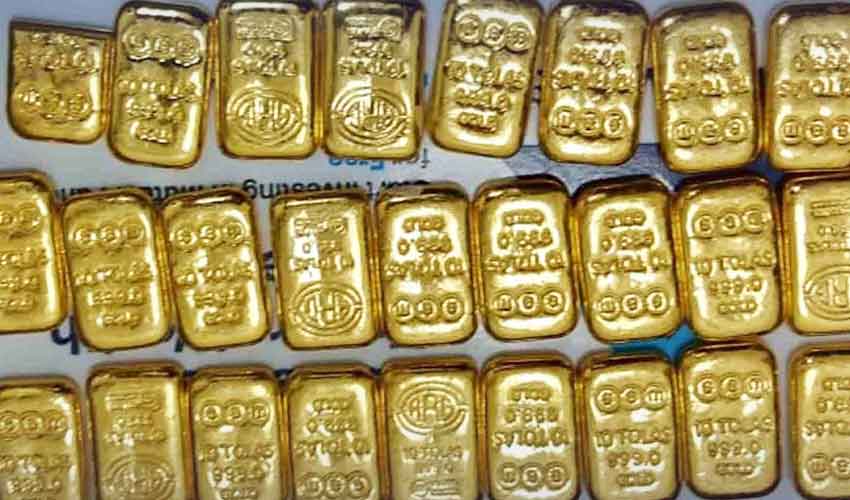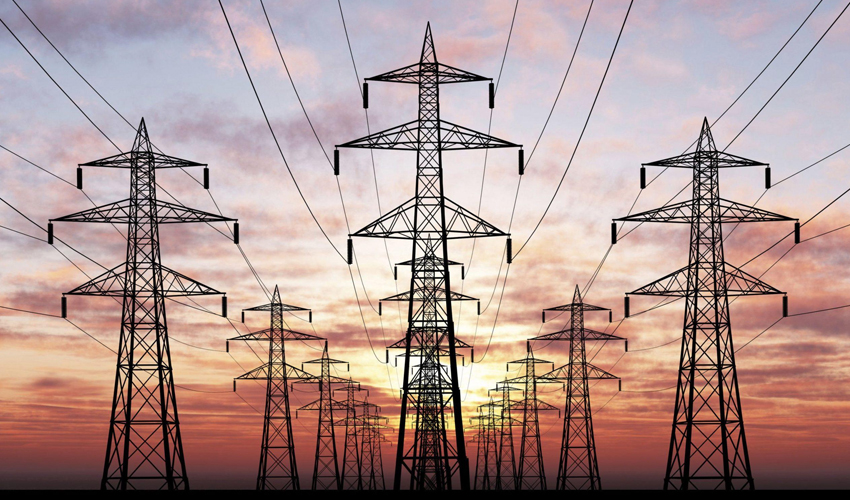A gold reserve is the gold held by a national central bank, intended mainly as a guarantee to redeem promises to pay depositors, note holders (e.g. paper money), or trading peers, during the eras of the gold standard, and also as a store of value, or to support the value of the national currency.
The World Gold Council estimates that all the gold ever mined, and that is accounted for, totalled 190,040 metric tons in 2019 but other independent estimates vary by as much as 20%.
For US$1,250 per troy ounce ($40 per gram), reached on 16 August 2017, one metric ton of gold has a value of approximately $40.2 million.
The total value of all gold ever mined, and that is accounted for, would exceed $7.5 trillion at that valuation and using WGC 2017 estimates.
Here's a list of the top 10 countries with the largest gold reserves:
- The USA has the world's highest gold reserves of 8,1336.46 tonnes, according to Forbes.
- Germany has the second-highest gold reserve of 3,352.65 tonnes.
- Italy has the third-highest gold reserve of 2,451.84 tonnes
- France has gold reserves of 2,436.88 tonnes
- With gold reserves of 2,332.74 tonnes, Russia is ranked in fifth place
- China, an upper middle-income nation, has the highest gold reserves of 2,191.53 tonnes
- Switzerland has gold reserves of 1,040.00 tonnes
- Japan has gold reserves of 845.97 tonnes
- India is ranked 9th on the list with 800.78 tonnes of reserved gold, according to Forbes
- The Netherlands has gold reserves of 612.45 tonnes


























